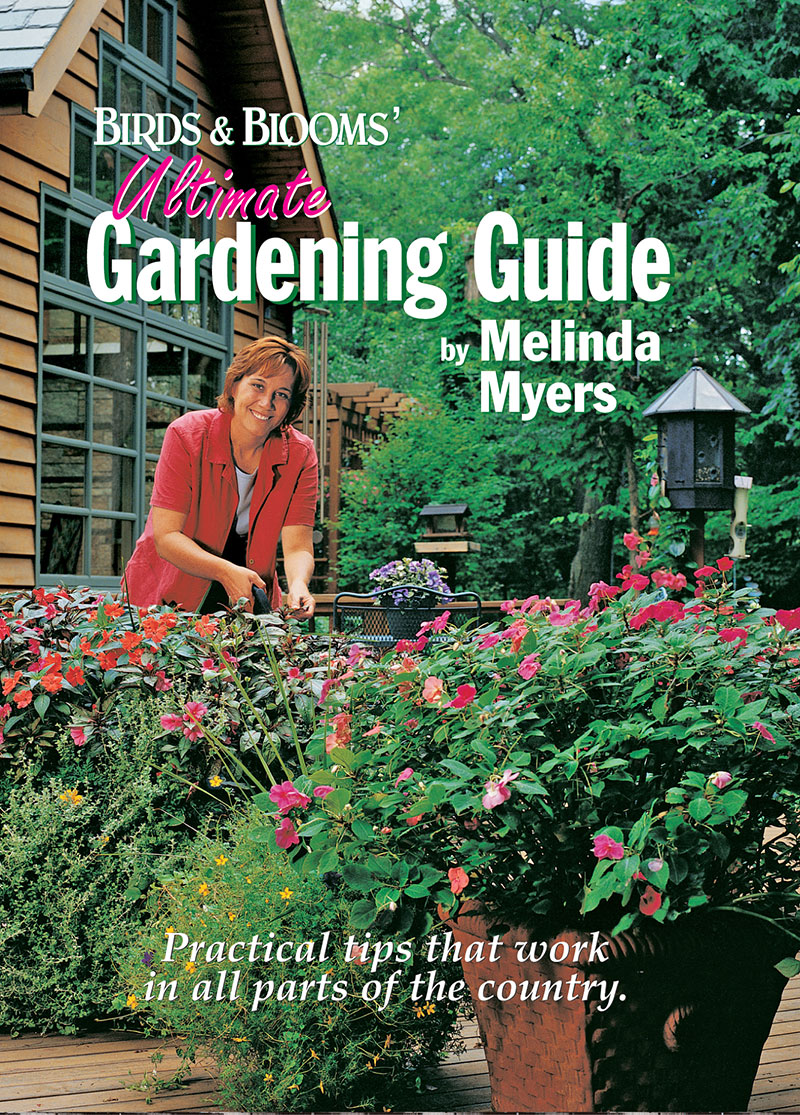Rust in the Lawn
An orange or yellowish-orange powder on your lawn that leaves an orange residue on your shoes means your grass is infected with rust fungal disease. But don’t fret, a change in the weather and proper care can usually keep this disease in check.
Newly seeded and lawns weakened by inadequate fertilization and drought are most susceptible. Excessive rain that depletes soil nitrogen can also lead to problems with rust.
A wide range of weather conditions favors this disease, increasing the risk to your lawn. Cool nights with heavy dew and frequent rains as well as warm, cloudy and humid weather followed by hot sunny days create a rust friendly environment.
Fortunately, as new lawns mature, the weather improves, and proper fertilization is followed the rust fades away. Just be patient and reseed any dead areas in spring or fall with a mix of disease resistant grass varieties.
A bit more information: Apply the right type and amount of fertilizer at the proper time to limit the risk of disease. Regular fertilization with a low nitrogen slow release fertilizer like Milorganite promotes steady growth that’s more drought tolerant and resistant to disease.
Related

Article

Article

Article

Article
Categories
Upcoming Live Events
& Webinars
May 1, 2024
FREE WEBINAR
Ornamental Fruits and Vegetables
Register now
May 4, 2024
Garden U 2024
New Richmond, WI
Register now
May 9, 2024
FREE WEBINAR
How to Plant Your Rain Garden
Register now
May 11, 2024
Ask The Plant Doctor Q & A
Ebert's Greenhouse Village, Ixonia, WI
May 12, 2024
Ask The Plant Doctor Q & A
Ebert's Greenhouse Village, Ixonia, WI
May 18, 2024
Ask The Plant Doctor Q & A
Ebert's Greenhouse Village, Ixonia, WI
June 1, 2024
Selecting, Planting, Pruning and Caring for Hydrangeas
Ebert's Greenhouse Village, Ixonia, WI
June 5, 2024
FREE WEBINAR
Under-Appreciated Pollinators
Register now
WATCH ON-DEMAND WEBINARS
Learn More















